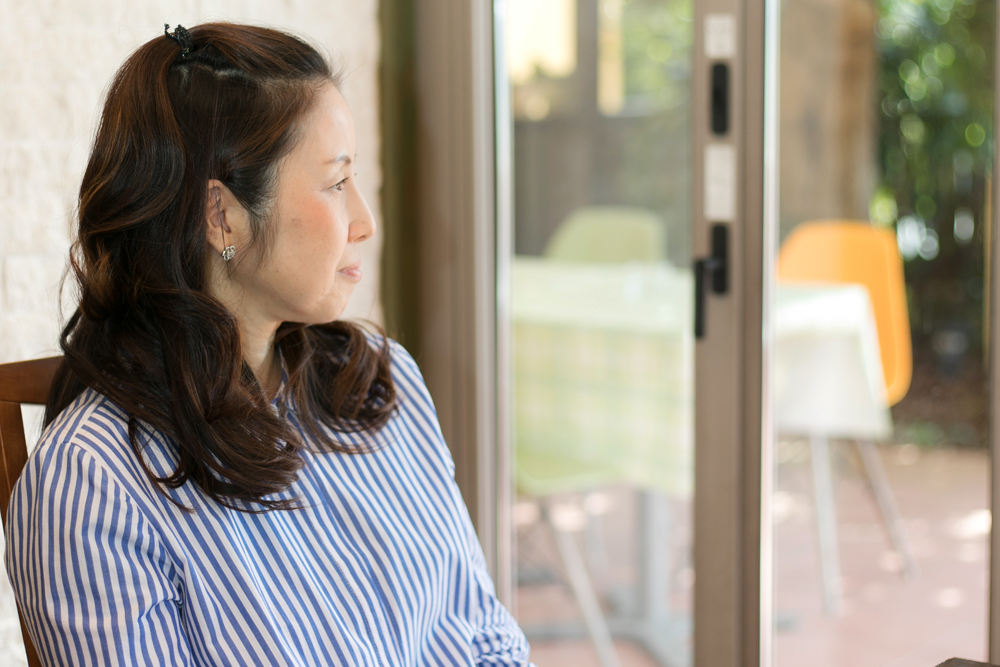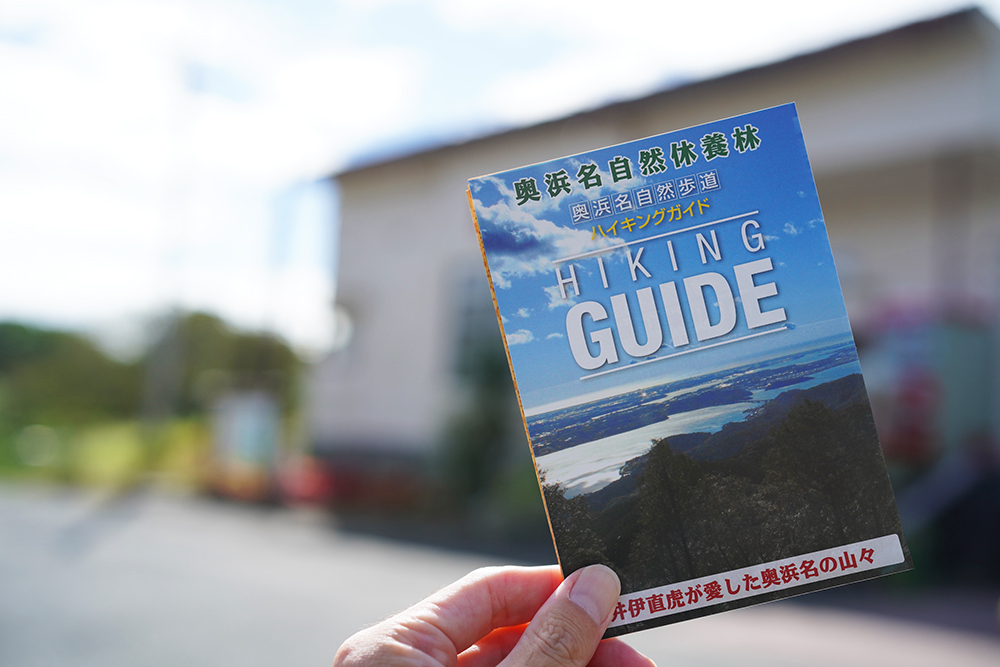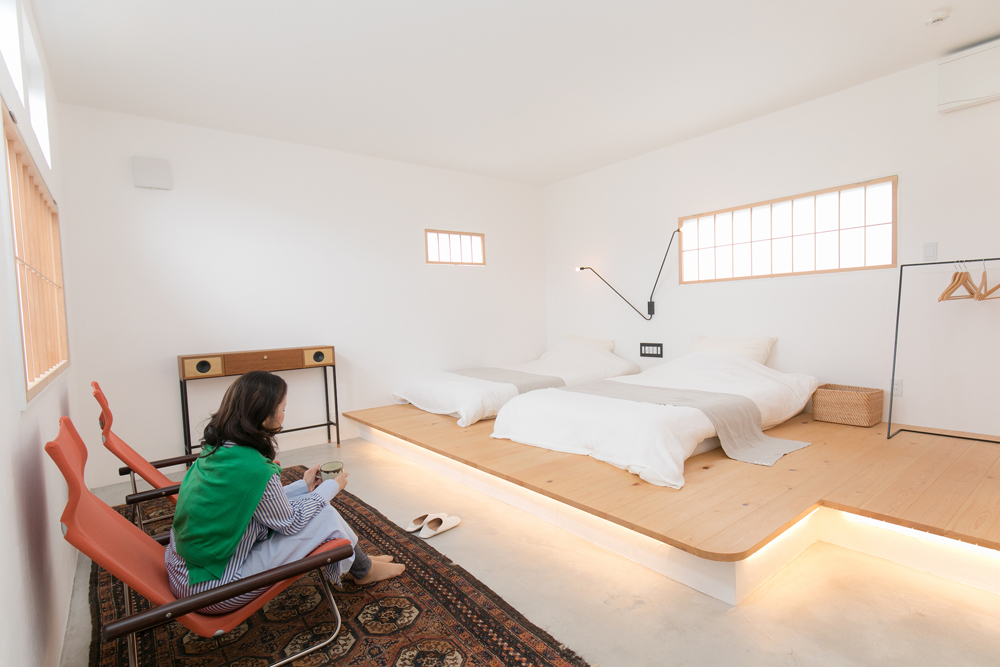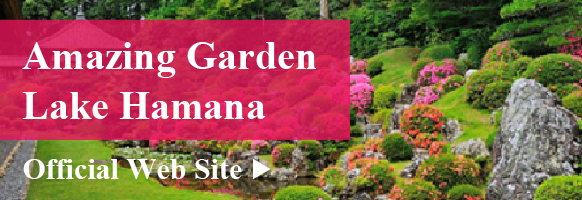Get to Know Hamamatsu
- Watch
【Must Visit at Least Once】 4 Festivals and Traditional Events in Central Japan
Japan has many festivals and traditional events that have been handed down since ancient times.
This time, we will introduce four festivals and traditional events in the Chubu region.
If you’re interested, why not come to Japan during the festival?
*Please check the official website for the dates of the festival.
1. Hamamatsu Festival [Hamamatsu City, Shizuoka Prefecture]
![]()
▲Photo provided:Hamamatsu and Lake Hamana Tourism Bureau
It boasts one of the largest numbers of spectators in the country, with over 1.7 million people visiting over the three days of the festival every year. The “kite-flying battle” takes place at the Nakatajima Kite Flying Site, and in the evening, a grand event is held at the Hamamatsu City Center Area, including the pulling of Goten Yatai floats. The purpose of the Hamamatsu Festival is for the whole community to celebrate the birth of the first child. The young men of the town, parents and children fly kites high into the sky, bearing the family crest and the name of the firstborn, in hopes of the children’s healthy growth.

▲Photo provided:Hamamatsu and Lake Hamana Tourism Bureau
The Goten Yatai floats, which fantastically decorate the city at night, parade through the streets, competing with each other for beauty to the sound of reverberating music.
2. Tahara Festival [Tahara City, Aichi Prefecture]

▲Photo provided:Tahara City
It is known for its floats carrying mechanical dolls and is a traditional event that brightens up Tahara city in the fall. Three Karakuri floats carrying the parade are paraded through the town. At night, children perform hand dances on the floats, and hand-held fireworks (Tedutsu Hanabi) are set off at the finale.
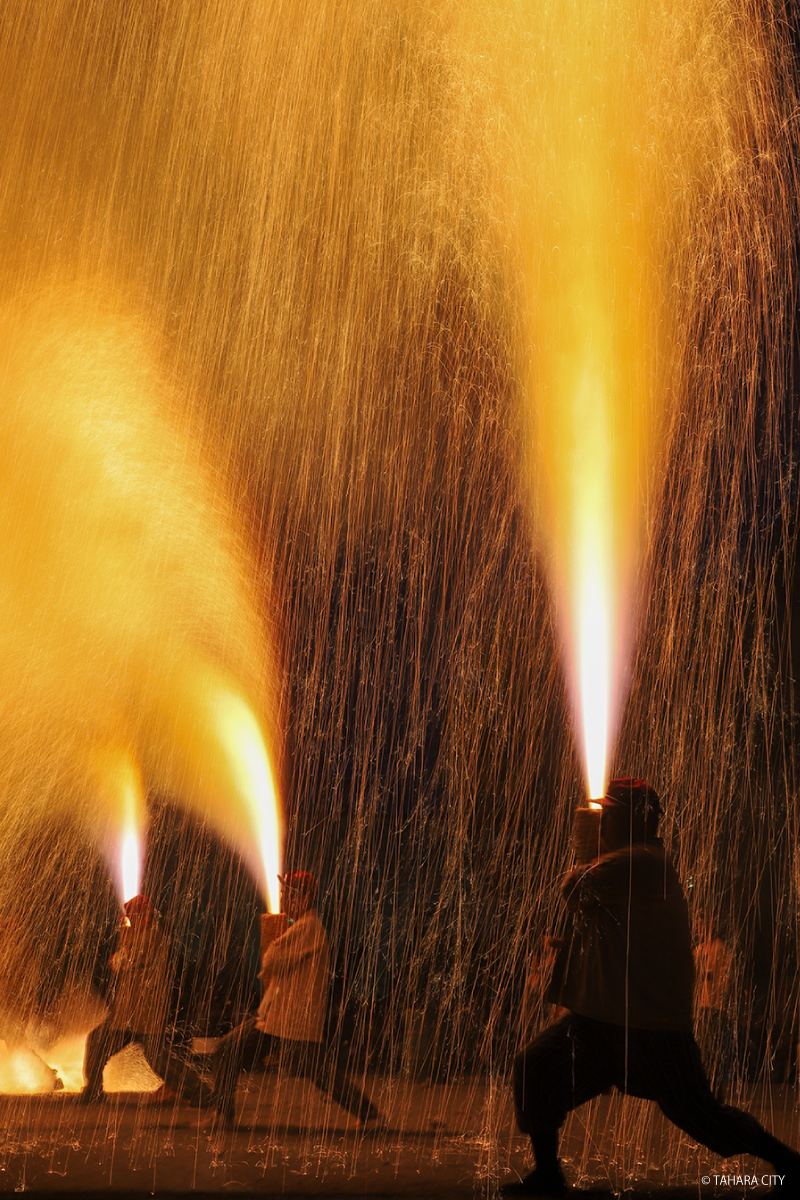
▲Photo provided:Tahara City
3. Yoshida Fire Festival [Fujiyoshida City, Yamanashi Prefecture]
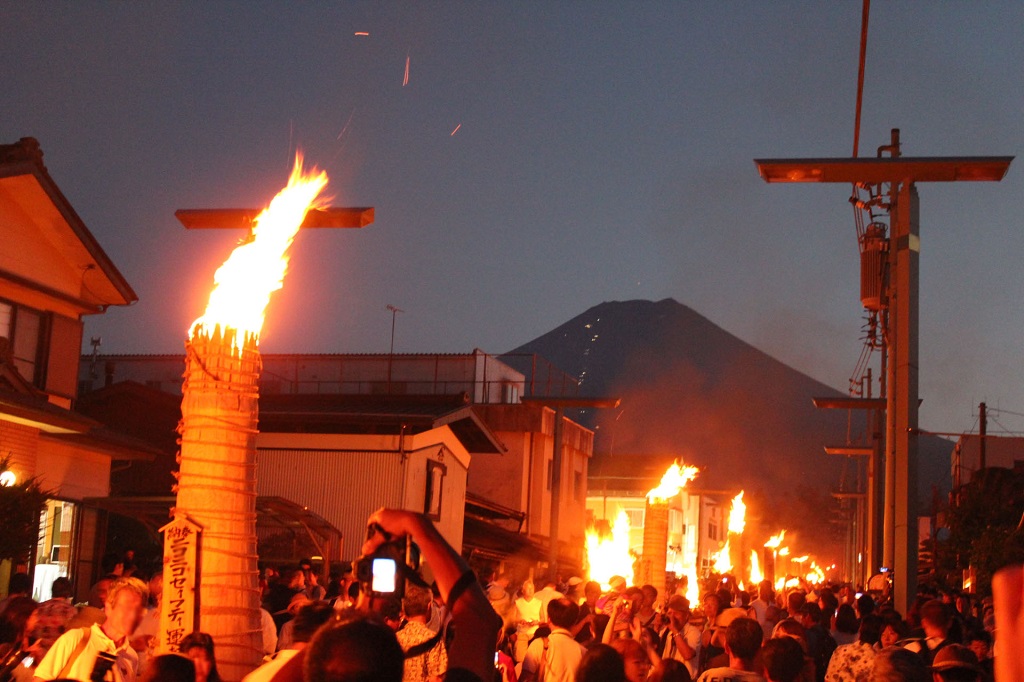
▲Photo provided:Yamanashi Tourism Organization
This festival is counted as one of the three strangest festivals in Japan, and is said to have a history stretching back 400 years. The highlight is the torch lighting on the first day. More than 70 large torches, each 3m high, are lit all at once. The sight of the night sky turning red and the approach to the shrine engulfed in flames is truly spectacular. On the second day, the mikoshi is paraded through the parishioners and returned to Sengen Shrine. The festival reaches its climax when parishioners walk alongside the mikoshi, holding “Susukino Tamagushi” offerings.
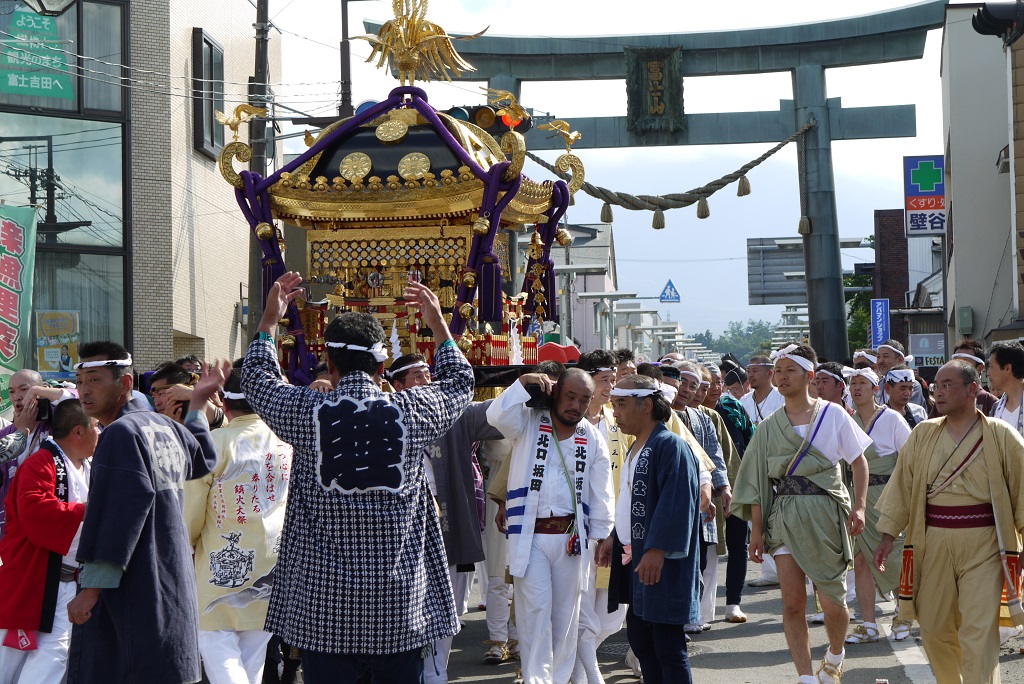
▲Photo provided:Yamanashi Tourism Organization
4. Mountain burning on Mt. Omuroyama [Ito City, Shizuoka Prefecture]
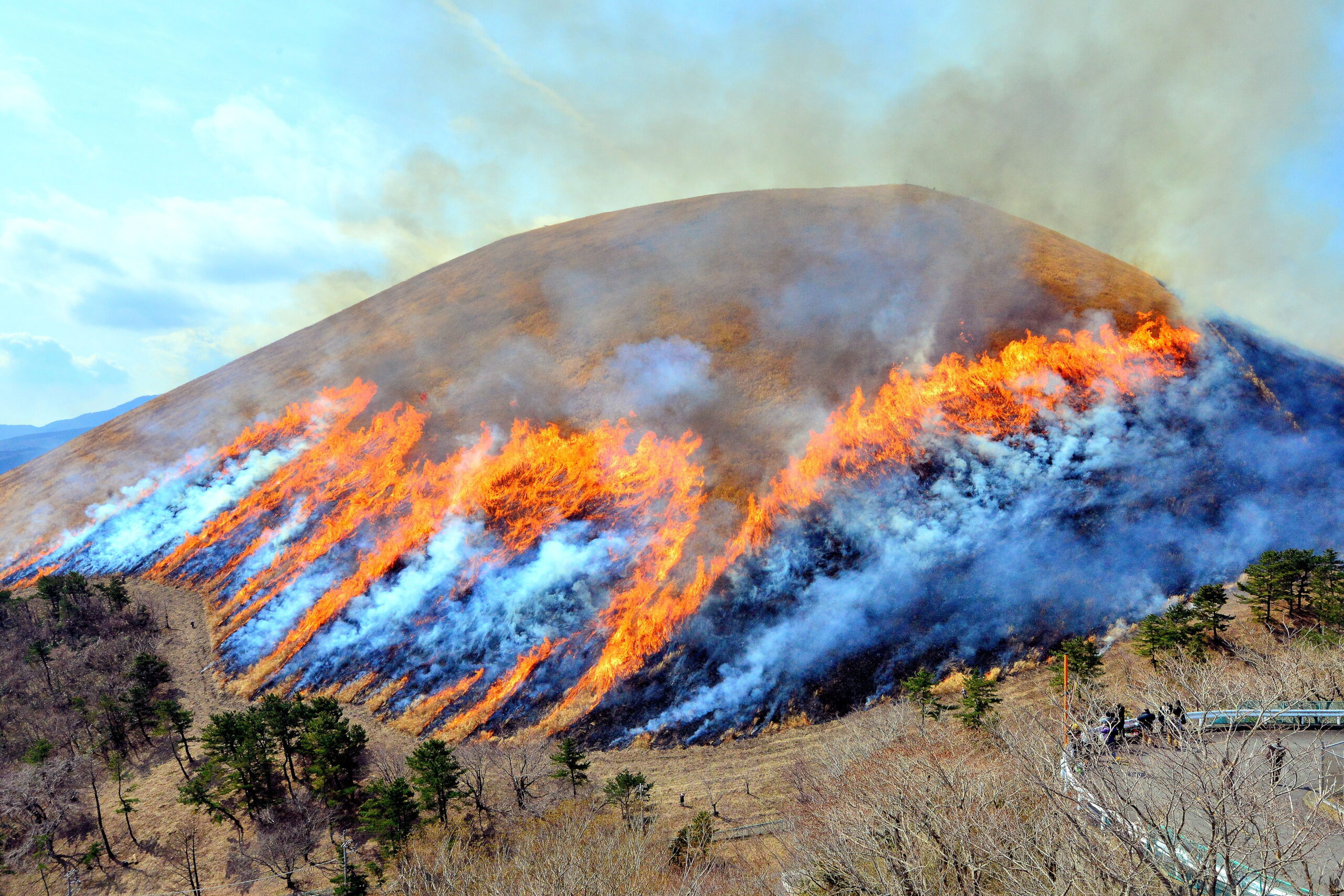
▲Photo provided:Ito City Tourism Division
The mountain burning is said to have a history of 700 years. The event began with the aim of preserving the mountains, but has now become a part of the spring tradition. The sight of the fire rising from the base to the summit is truly spectacular. Many visitors come every year to see the magnificent scenery.
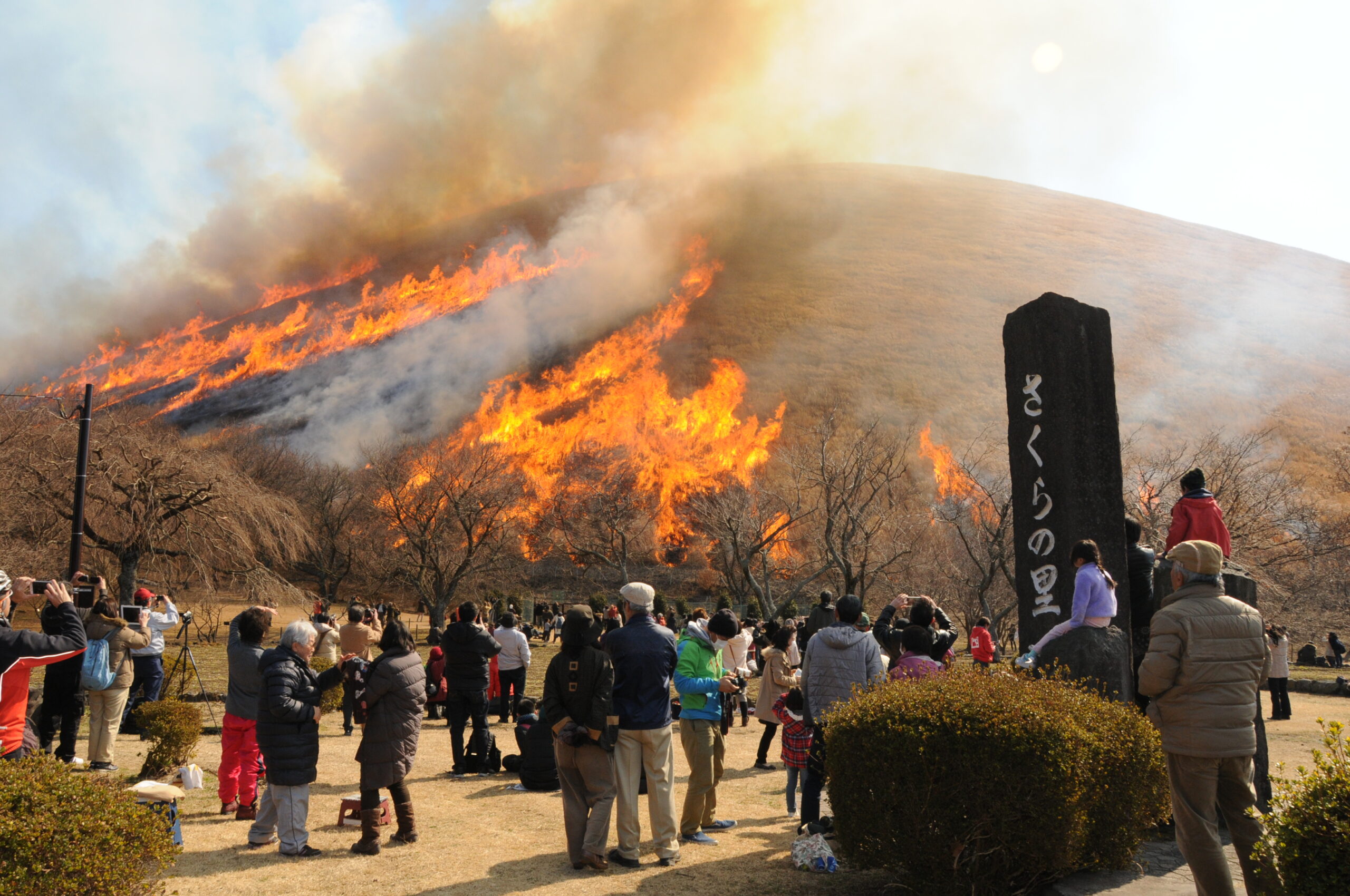
▲Photo provided:Ito City Tourism Division
5. Enshu Hamakita Hiryu (Flying Dragon) Festival [Hamamatsu City, Shizuoka Prefecture]
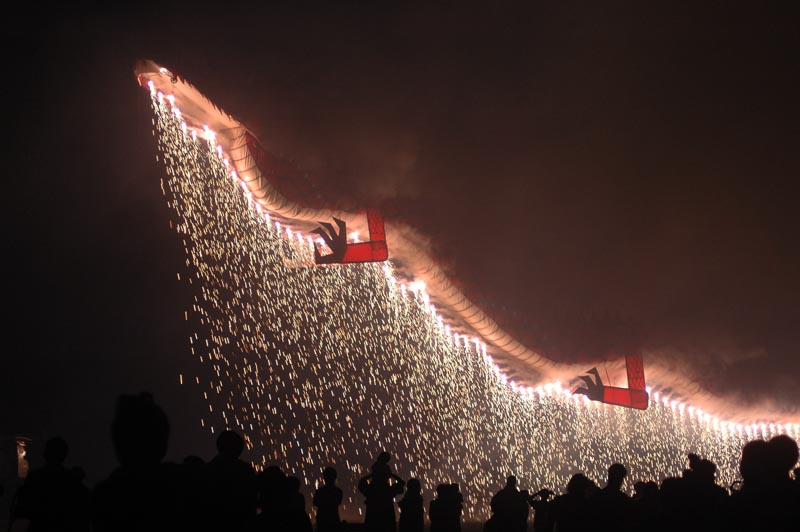
▲Photo provided:Hamamatsu and Lake Hamana Tourism Bureau
This festival is symbolized by a dragon, as the Tenryu River was once known as “violent Tenryu.” This festival can be enjoyed from day to night, with activities such as Hamakita kite flying, stage performances, an experience plaza, a product exhibition, and the Hiryu Fire Festival.
The highlight of the show is the finale, “Hiryu (Flying Dragon) Niagara.” Niagara fireworks will be fired from the body of the 60m-long flying dragon suspended by a crane, and fireballs will be fired from the head.
